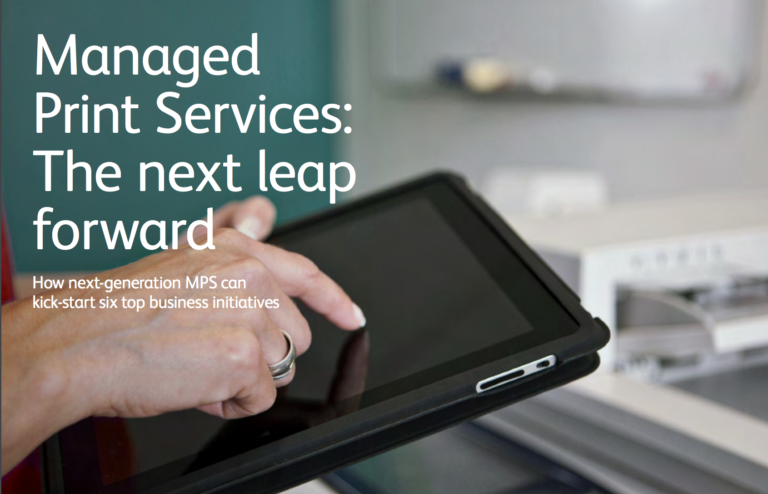Thanks to big data and the Internet of Things, we’re having more conversations about analytics, the tool that makes sense of the abundance of information. In the world of MPS and workflow automation, analytics are fundamental. They identify process roadblocks, security risks, cost drains, poor use of device resources, and much more. In fact, industry analysts frequently cite analytics capabilities as differentiators across MPS providers.
Document and MPS analytics are useful when:
- You want to gain control over the rising costs of printing.
- You don’t know how printed documents get used in your organization.
- You want to track what, where and why people print within your organization.
- You want to identify paper-intensive processes that could be made more effective and less costly.
- You wonder if your print infrastructure is aligned with business needs.
- You’re concerned about the security of printed information.
- You want to make the case for change based on hard evidence, not intuition and anecdotes.
What to Do with All that Data? Analyze It.
If you already have an MPS strategy or are considering a refresh, you’ll benefit from a better sense of how analytics fit into the picture. How well does your team understand the business potential of analytics in the context of your business documents, users and devices? A new analytics ebook gets everyone on the same page.
By investing the time to read this analytics ebook, you’ll learn:
- How your office printers can help you run a better business
- The five levels of MPS analytics: device, user, document, process and service
- How data helps you digitally transform your business processes
- The security implications of printing – such as when, where and by whom confidential records could be printed – and make sure your security policies are followed.
What You’ll Learn from Five Categories of Data
The comprehensive ebook breaks out MPS-related analytics into five categories. Not all vendors can deliver across all categories, which will give you an indication of the maturity of the vendor’s MPS offering.
Device Analytics – Print volume, device uptime, output costs, Device analytics helps you make an informed decision about the devices you really need across your business,
User Analytics – Simply knowing what print devices you have is valuable, but devices are just tools. What you really should know is how employees use those tools and why.
Document Analytics – How can document analytics help? It starts by identifying manual, paper-intensive processes that could be simplified or automated to reduce costs, conserve resources and save time. Find out the difference between “good paper” – essential printing – and avoidable “bad paper”. Learn what happens to printed documents at the end of their useful life, and how much of your print output ends up being filed, archived or recycled.
Process Analytics – Analytics help you pinpoint the inefficiencies in your processes, and in a next step, simplify and optimize them according to your business priorities.
Service Analytics – Service analytics helps you assess how well your MPS partner is performing. You can use it to measure your return on investment, adapt goals and service level agreements, and make sure you achieve continuous improvement and service delivery excellence.
When you take advantage of data from your documents and printer fleet, you can unlock hidden business intelligence that in turn unleashes more value and profitability for your organization. For that reason alone, analytics are critical. Download your copy of this informative ebook, share it with your team and learn more together.



